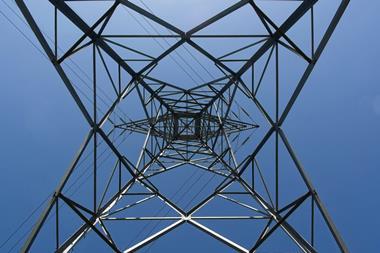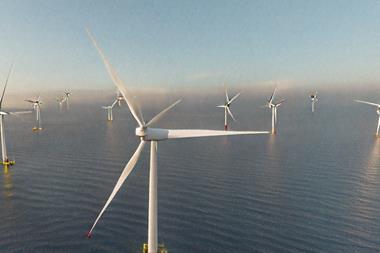US infrastructure is in increasing need of repair and upgrade. For fund vehicles, is this an opportunity too good to resist asks Michael Underhill reports
There are two ways to measure the value of existing US infrastructure. The first method measures the market capitalisation of publicly traded infrastructure companies.
According to this method, the total market value of publicly traded infrastructure companies totalled over $3trn (€1.5trn) as of March 2006, with communications accounting for the majority share (57%), followed by energy and utilities (40%) and transport (3%).
The second method relies on data from the US Bureau of Economic Analysis (BEA) on
reported values of both public and private infrastructure assets. According to the BEA methodology, as of 2004 the value of public and private infrastructure assets in the US totalled $5.65trn.
Given the smaller economy and population of Canada compared with the US, the value of its infrastructure assets is proportionately smaller; however, as shown in figure 1, Canada has generated a fair number of infrastructure investment opportunities. Investment in Mexican infrastructure, which is less developed than in the US and Canada, is likely to be more opportunistic.
There is also a clear need for expansion, upgrade and replacement of many infrastructure installations. Recently, a US newspaper reported that 26% of US bridges are in need of replacement or repair. That figure is even higher in the northeast US, where 39% of bridges are in that category.
In 2005, the American Society of Civil Engineers issued a ‘Report Card for America's Infrastructure' which estimated that an investment of $1.6trn over five years would be required to upgrade and/or replace non-security infrastructure in the US. In its report it highlighted that:
Many of the findings of the ASCE are supported by the US Congress. The Committee on Transportation and Infrastructure of the House of Representatives has issued a report that focuses on the federal role in maintaining and upgrading infrastructure in which it found that substantially higher expenditure is required for US infrastructure.
Despite the optimism and opportunity, there are several issues that LPs need to be aware of when examining the space. In the short term we see too many new funds, all of them striving for their first deal, driving up prices and driving down yields in a market with a limited number of existing assets for sale or new assets under development.
While we agree that intense competition could affect the short-run health of the industry, in the long term this is a mild concern. Indeed, the $160bn in capital build-up for infrastructure - even if it were levered-up with 80% debt at the project level - would fund just $800bn in new projects, which is only 3-8% of the $10-30trn global demand for infrastructure. There remains a large capacity for continued growth and greater specialisation and differentiation of the funds as the industry matures.
One of our more serious concerns is that returns for many of the funds that are derived from leverage and financial structuring depend on the persistence of historically low rates of interest. In the long run, should interest rates go up, cash flows, debt coverage ratios and returns would deteriorate as an increasing share of operating revenue would go to service debt.
For example, consider the financial model for a conventional power plant with an 80:20 debt to equity ratio, a 10-year loan term, and an operating model that is representative of the industry. When interest rates are at 6%, equity returns are in the 16% range. But if interest rates were to rise to 10%, returns would drop to 11%. And if interest rates were to go as high as 15%, returns would plummet to 4%. This scenario would be even more problematic if there were leverage at the fund level.
The last concern is that while investing in infrastructure projects may be compelling, structuring these investments into opportunistic infrastructure funds may be less so. In particular, there are a number of differences that make infrastructure projects less suitable for the fund structure than other types of opportunistic private equity - particularly the lack of liquidity in the sector. First, infrastructure is continually subject to regulatory/political risk concerns over its entire lifecycle, and not, as in the case of real estate, just during the development/entitlement stage. Second, returns from infrastructure are not as likely to be in the form of capital appreciation, as they are in real estate, but in the form of cash flow income from operations, and third, the huge need for strategic management in infrastructure and yet the lack of specialist skills within most funds.
Finally, while fund vehicles are capable of raising billions of dollars, the fact is that at that size they are more focused on financial engineering, restructuring and cyclical investing rather than towards operating the underlying assets or developing strategies to reposition and redevelop.












